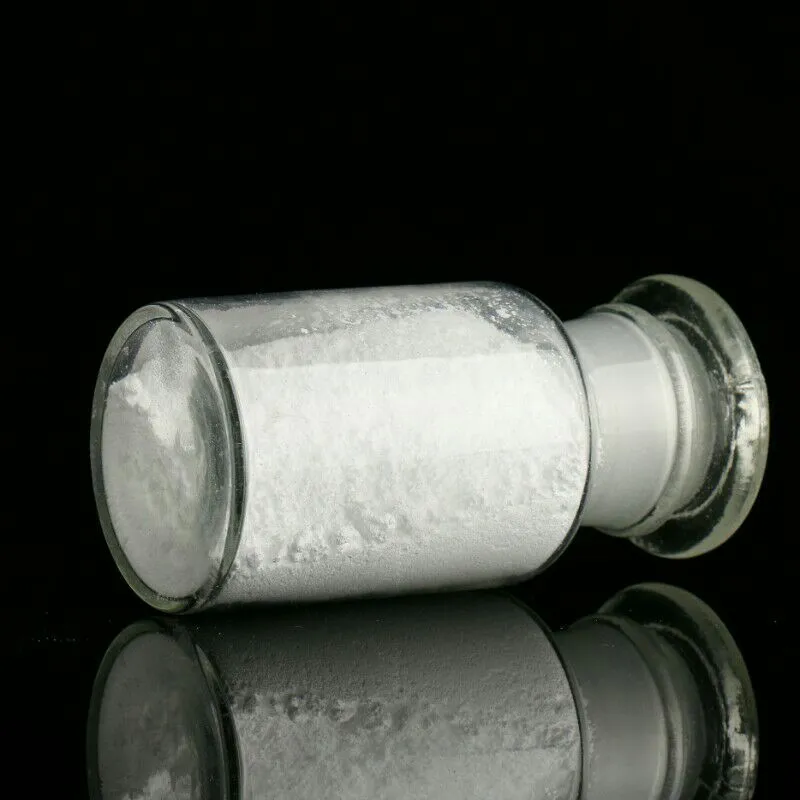Warning: Undefined array key "title" in /home/www/wwwroot/HTML/www.exportstart.com/wp-content/themes/1198/header.php on line 6
Warning: Undefined array key "file" in /home/www/wwwroot/HTML/www.exportstart.com/wp-content/themes/1198/header.php on line 7
Warning: Undefined array key "title" in /home/www/wwwroot/HTML/www.exportstart.com/wp-content/themes/1198/header.php on line 7
Warning: Undefined array key "title" in /home/www/wwwroot/HTML/www.exportstart.com/wp-content/themes/1198/header.php on line 7
- Afrikaans
- Albanian
- Amharic
- Arabic
- Armenian
- Azerbaijani
- Basque
- Belarusian
- Bengali
- Bosnian
- Bulgarian
- Catalan
- Cebuano
- China
- China (Taiwan)
- Corsican
- Croatian
- Czech
- Danish
- Dutch
- English
- Esperanto
- Estonian
- Finnish
- French
- Frisian
- Galician
- Georgian
- German
- Greek
- Gujarati
- Haitian Creole
- hausa
- hawaiian
- Hebrew
- Hindi
- Miao
- Hungarian
- Icelandic
- igbo
- Indonesian
- irish
- Italian
- Japanese
- Javanese
- Kannada
- kazakh
- Khmer
- Rwandese
- Korean
- Kurdish
- Kyrgyz
- Lao
- Latin
- Latvian
- Lithuanian
- Luxembourgish
- Macedonian
- Malgashi
- Malay
- Malayalam
- Maltese
- Maori
- Marathi
- Mongolian
- Myanmar
- Nepali
- Norwegian
- Norwegian
- Occitan
- Pashto
- Persian
- Polish
- Portuguese
- Punjabi
- Romanian
- Russian
- Samoan
- Scottish Gaelic
- Serbian
- Sesotho
- Shona
- Sindhi
- Sinhala
- Slovak
- Slovenian
- Somali
- Spanish
- Sundanese
- Swahili
- Swedish
- Tagalog
- Tajik
- Tamil
- Tatar
- Telugu
- Thai
- Turkish
- Turkmen
- Ukrainian
- Urdu
- Uighur
- Uzbek
- Vietnamese
- Welsh
- Bantu
- Yiddish
- Yoruba
- Zulu
Oct . 15, 2024 09:31 Back to list
Origins and Production Methods of Xanthan Gum in the Food Industry
Xanthan Gum Origins and Production Process
Xanthan gum is a polysaccharide that has gained significant recognition in the food and industrial sectors due to its unique thickening and stabilizing properties. Originating from the bacterium Xanthomonas campestris, xanthan gum serves as an essential ingredient in a wide array of products, including sauces, salad dressings, and gluten-free baked goods. Understanding the origins and production process of xanthan gum is critical to appreciating its value and versatility.
Origins of Xanthan Gum
Xanthan gum was first discovered in the 1960s by researchers at the USDA who sought to find novel applications for microbial polysaccharides. The bacterium Xanthomonas campestris, which is known for causing black rot in cruciferous vegetables, was found to produce a viscous exopolymer during the fermentation process. The polymer exhibited excellent thickening and stabilizing properties, making it an ideal candidate for food and industrial applications.
The substance gained commercial significance in the 1970s, particularly in the food industry, where it was approved as a food additive by agencies such as the U.S. Food and Drug Administration (FDA). Today, xanthan gum is produced in large quantities and is utilized not only in food products but also in cosmetics, pharmaceuticals, and industrial formulations.
Production Process
The production of xanthan gum involves a series of steps that include fermentation, extraction, and purification
. Here is a closer look at the key stages in its production process1. Fermentation The process begins with the cultivation of Xanthomonas campestris in a controlled environment. This stage involves preparing a nutrient-rich medium that typically contains sugars, nitrogen sources, and mineral salts. The bacterium ferments the sugars, producing xanthan gum as a byproduct. The fermentation process is carried out in large bioreactors under optimal conditions of temperature and pH, usually taking several days to weeks. During this time, the bacteria reproduce and produce xanthan gum in significant quantities.
xanthan gum origins and production process

2. Harvesting Once fermentation is complete and sufficient xanthan gum has been produced, the next step is harvesting. The fermentation broth is filtered to remove cell debris and other solids, resulting in a solution enriched with xanthan gum. It is crucial to conduct this step carefully to ensure maximum yield and purity of the polysaccharide.
3. Precipitation After harvesting, xanthan gum is precipitated from the solution using isopropanol or ethanol. This step facilitates the separation of xanthan gum from other liquid components in the fermentation broth. The resulting precipitate is then collected through centrifugation or filtration.
4. Purification The precipitated xanthan gum undergoes further purification to remove any remaining impurities. This is typically achieved through a series of washings, often with water or saline solutions. The purified xanthan gum is then dried, resulting in a fine, free-flowing powder.
5. Quality Control Before xanthan gum can be distributed for commercial use, it undergoes rigorous quality control testing. This ensures that the final product meets the necessary safety and quality standards. Analytical methods, such as viscosity measurements and microbiological tests, are employed to ensure consistency and purity.
6. Packaging and Distribution Once quality control is passed, the xanthan gum is packaged in airtight containers to preserve its properties and prevent moisture absorption. Manufacturers then distribute the product to food processors, cosmetic companies, and other industries that require this versatile ingredient.
Conclusion
Xanthan gum has come a long way since its discovery, finding a prominent place in both food applications and beyond. Its origins trace back to a bacterium involved in plant pathology, yet it has become an indispensable resource due to its unique functional properties. The production process, characterized by fermentation, purification, and rigorous quality control, ensures that xanthan gum remains a staple additive in modern formulations. As industries continue to innovate and evolve, the significance of xanthan gum in creating stable, high-quality products will undoubtedly endure, highlighting the remarkable intersection of biology and technology in food science and beyond.
Latest news
-
Certifications for Vegetarian and Xanthan Gum Vegetarian
NewsJun.17,2025
-
Sustainability Trends Reshaping the SLES N70 Market
NewsJun.17,2025
-
Propylene Glycol Use in Vaccines: Balancing Function and Perception
NewsJun.17,2025
-
Petroleum Jelly in Skincare: Balancing Benefits and Backlash
NewsJun.17,2025
-
Energy Price Volatility and Ripple Effect on Caprolactam Markets
NewsJun.17,2025
-
Spectroscopic Techniques for Adipic Acid Molecular Weight
NewsJun.17,2025

